Ah, August…. for me this used to just mean the end of camping season is around the corner and that is NOT a good feeling! These days however, I now know August means the southward (fall) migration of many bird species, including many that in southern Alberta we only ever fleetingly see during migration – especially songbirds (including warblers) and shorebirds.
For this post, I’m going to focus on the songbirds (shorebirds to follow!).
Two of my favourite places to observe and photograph migrating warblers are Little Bow Provincial Park (about an hour south-west of Calgary) and Confederation Park, right smack-bang in central Calgary. Both of these parks tend to be warbler magnets, most likely because they are oases of trees & shrubbery in the midst of the prairie…but only the warblers can officially confirm that!

Orange-crowned Warbler with a tasty snack a moment before being gobbled down. Confederation Park, Calgary.
Little Bow offered up quite a variety of migrants including: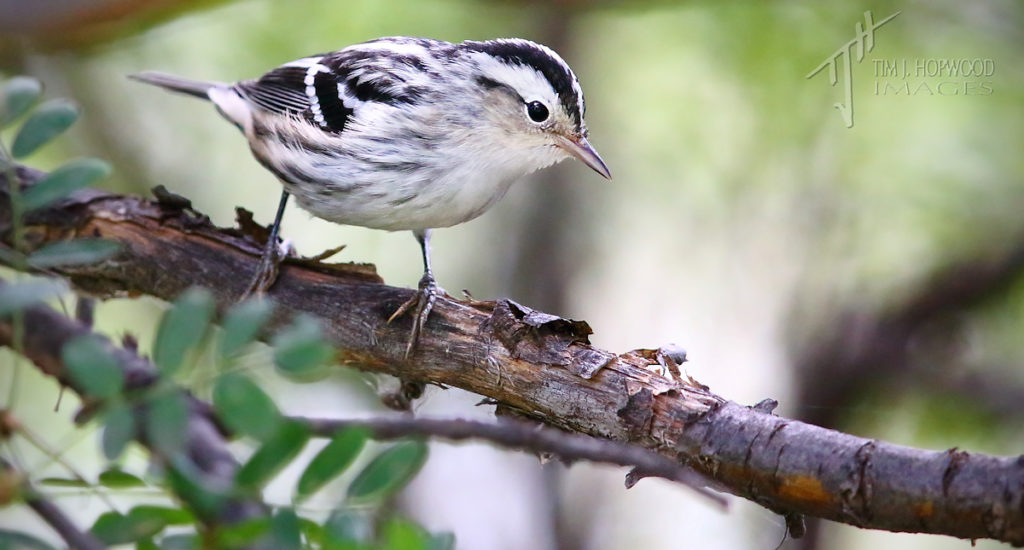
And, while I was only able to get ID-quality photos, I was very happy to see not only a Mourning Warbler:
But also the elusive (for me!) Canada Warbler:
Given that migrants are only visitors passing through, the number and variety of warblers changes daily. However, overnight storms tend to bring in more birds than normal and you never know what may turn up, such as this White-winged Crossbill – a bird I normally associate with winter and/or alpine – which was all alone, but appeared content munching on pine cones:
And sometimes while you are looking for certain species, you find others unexpectedly, this Common Nighthawk being a prime example:
Frequently seen flying over the campground, given their camouflage and roosting behaviour I see them much less when perched.
I was also able to see another warbler – the Ovenbird – while camping at Kinbrook Island Provincial Park. I was having breakfast outside my trailer when I spied a bird with big eye rings skulking in the bushes…
After enjoying the camping season, I was able to enjoy the remainder of the warbler migration through frequent visits to Confederation Park, just a 5-minute drive from my house.
I enjoy this locale not only for the warblers, but also because of the friendly birding environment – sometimes up to a dozen or more fellow birders/photographers will be present and on at least two occasions this fall they have helped me correctly identify 2 species I had inadvertently ‘written off’ (i.e. misidentified as something far more common and decided not to photograph!).
Here is a sample of what I saw during the last 2 weekends of August:
A rather tame Palm Warbler that gave me extended good views as it foraged in and amongst various trees and shrubbery: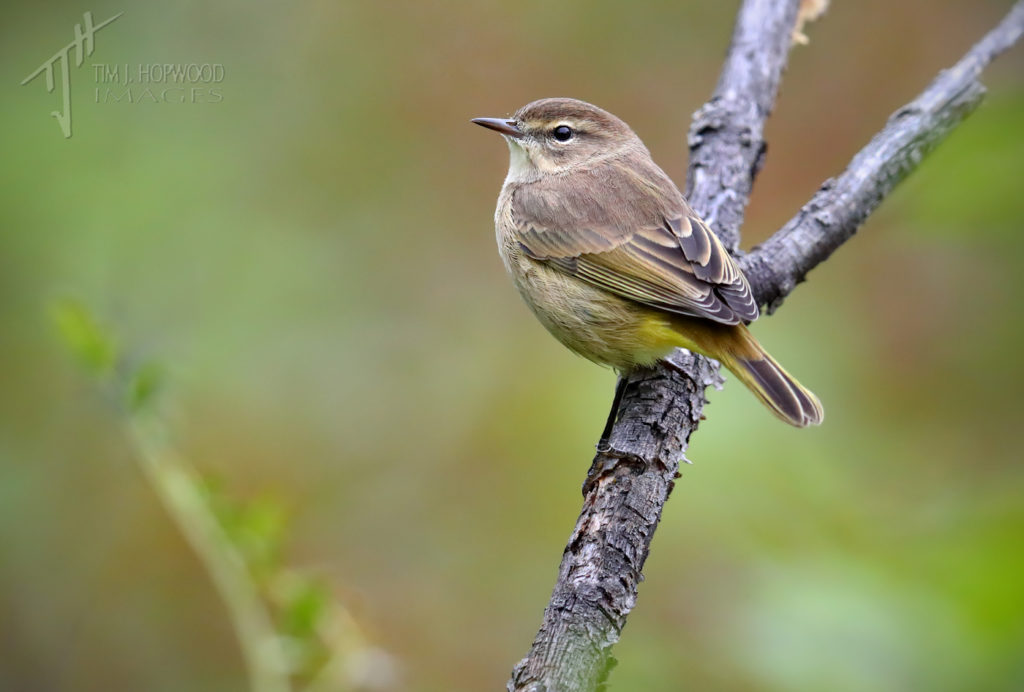
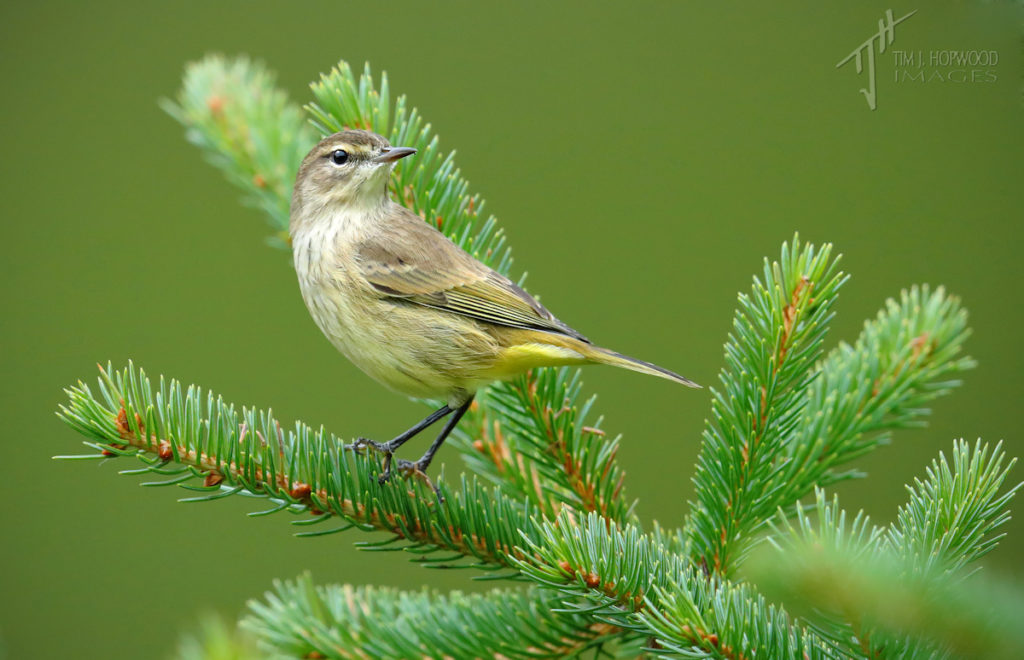
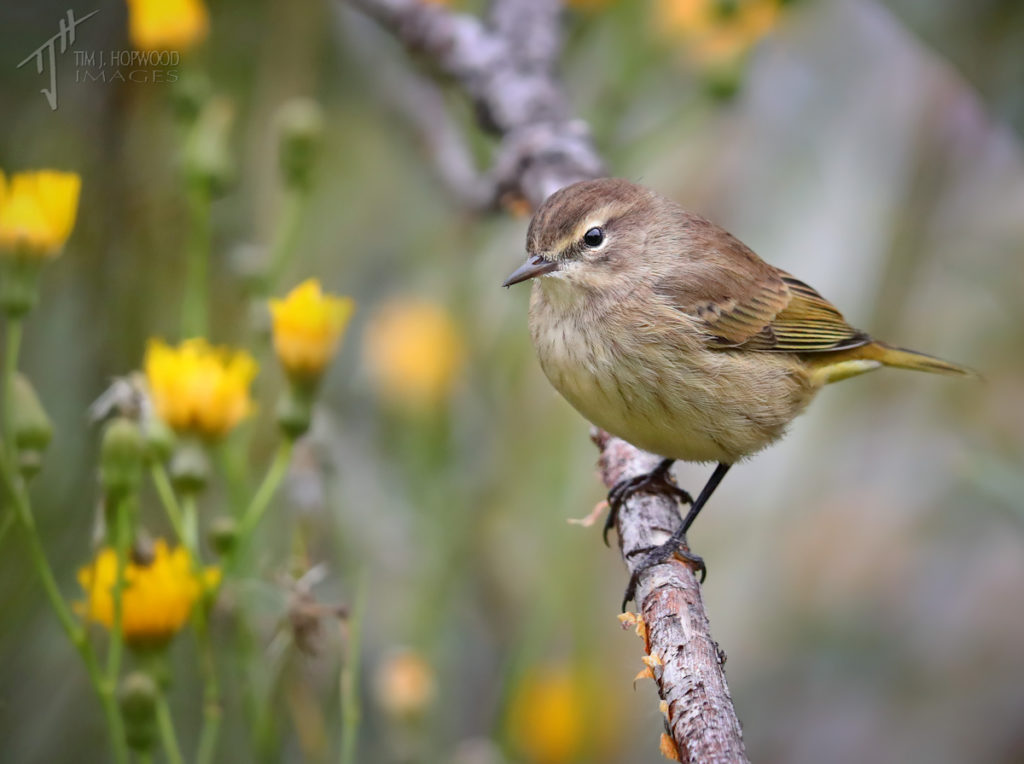
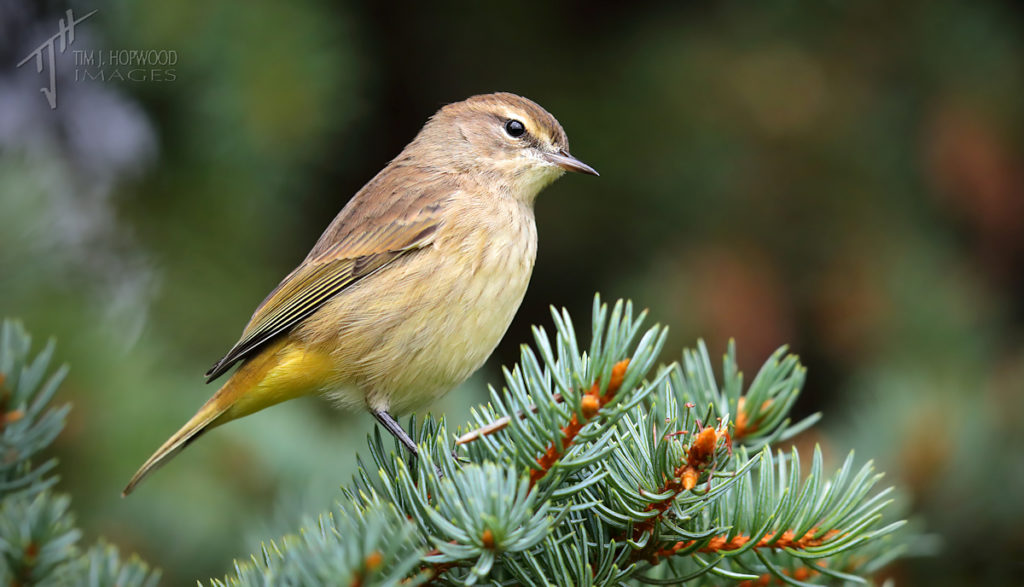

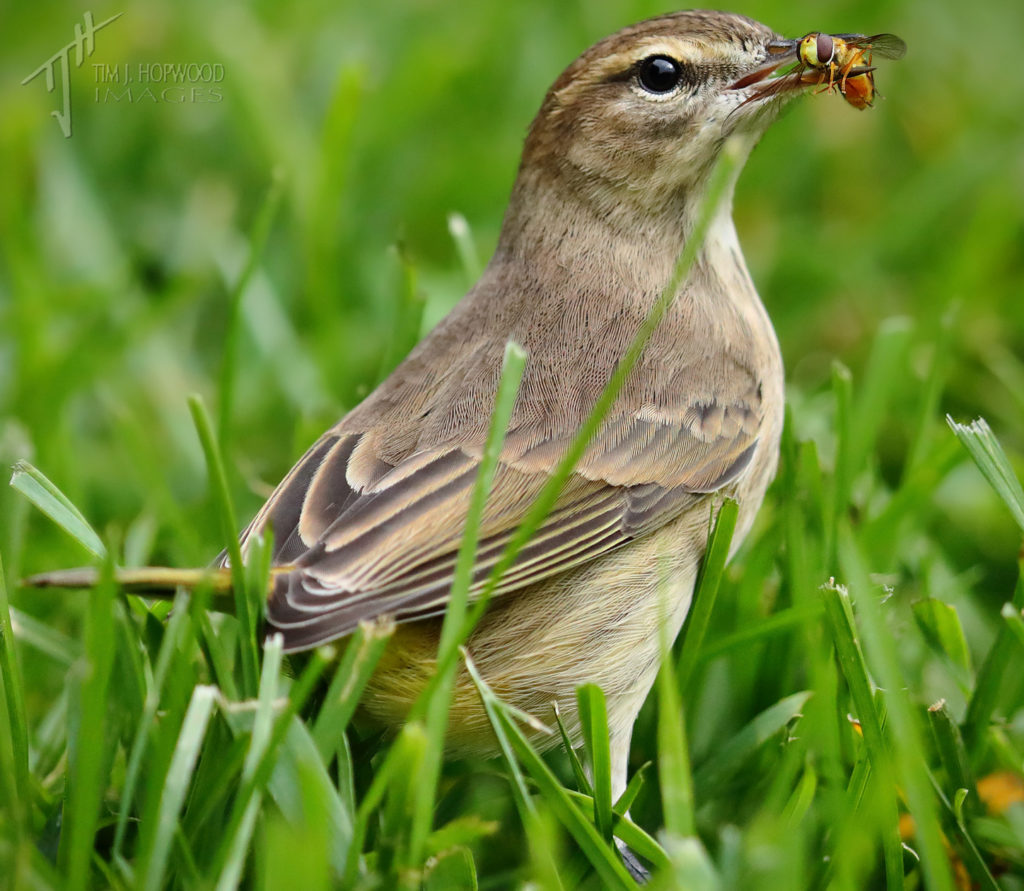
Two highlights were firstly, a Blackburnian Warbler – not a common occurrence in Calgary: 
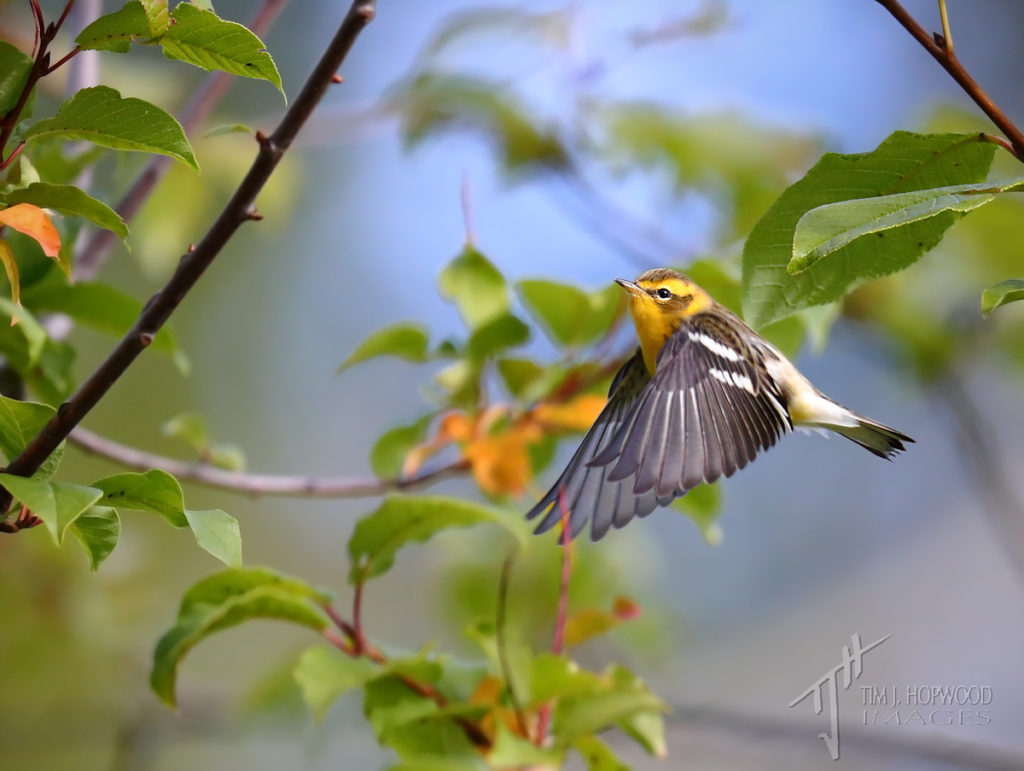
that drew quite a number of birders, but very much tested the patience, skills and stamina of the photogs as it gave very few clear glimpses: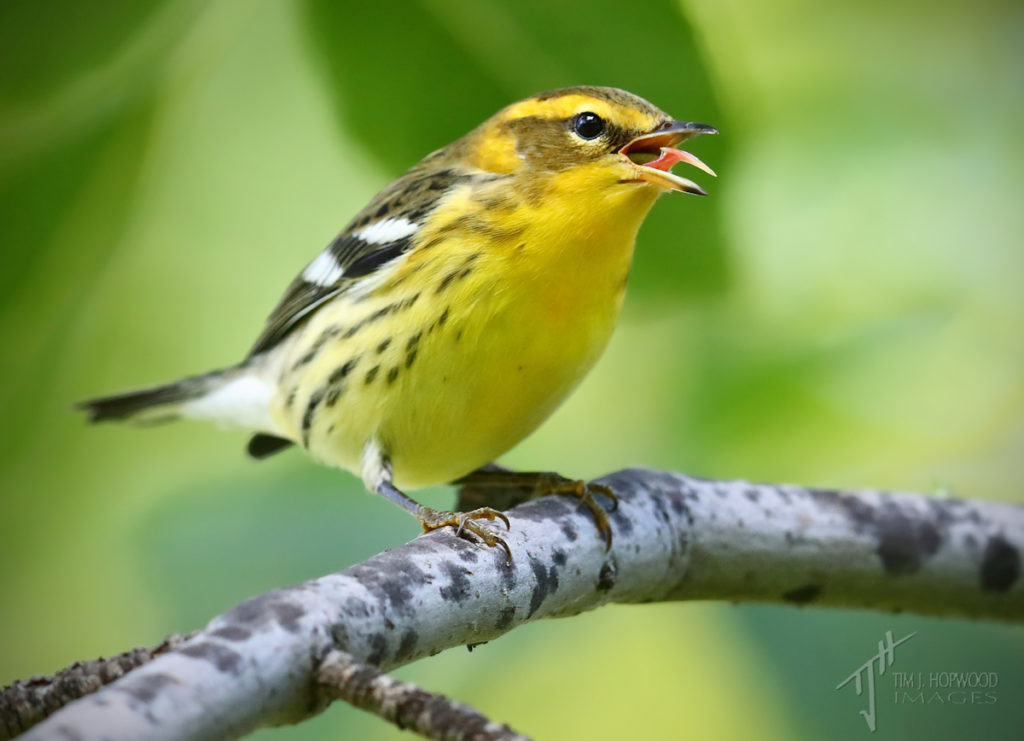
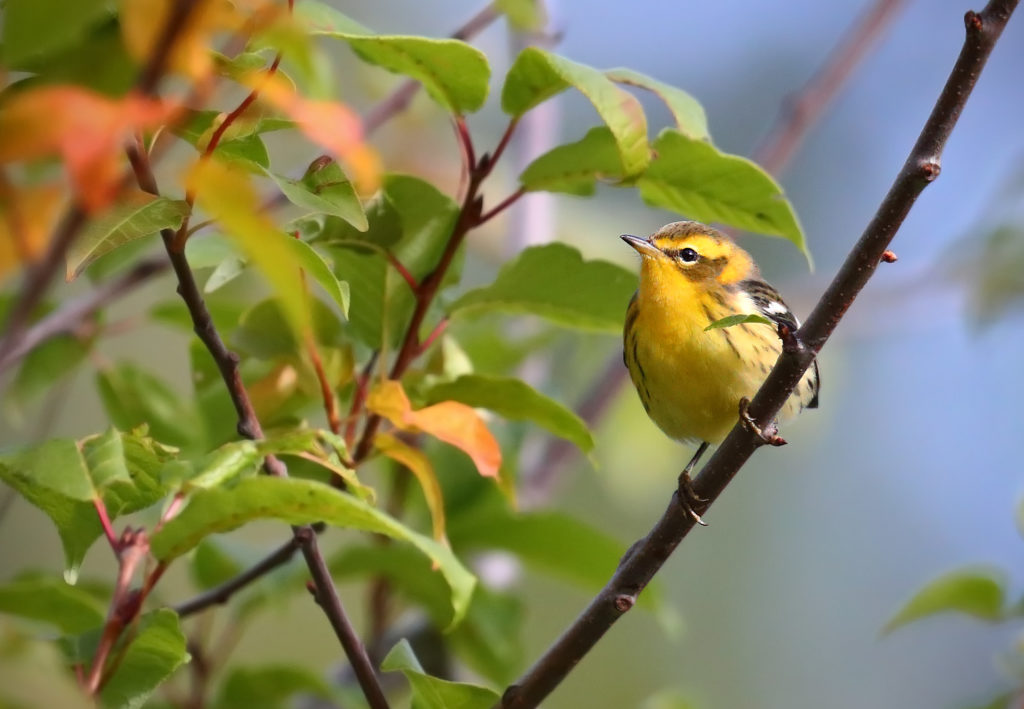
The other highlight was a non-warbler…I happened to come across a juvenile Cooper’s Hawk that I gathered from other birders hatched from a local nest this year. 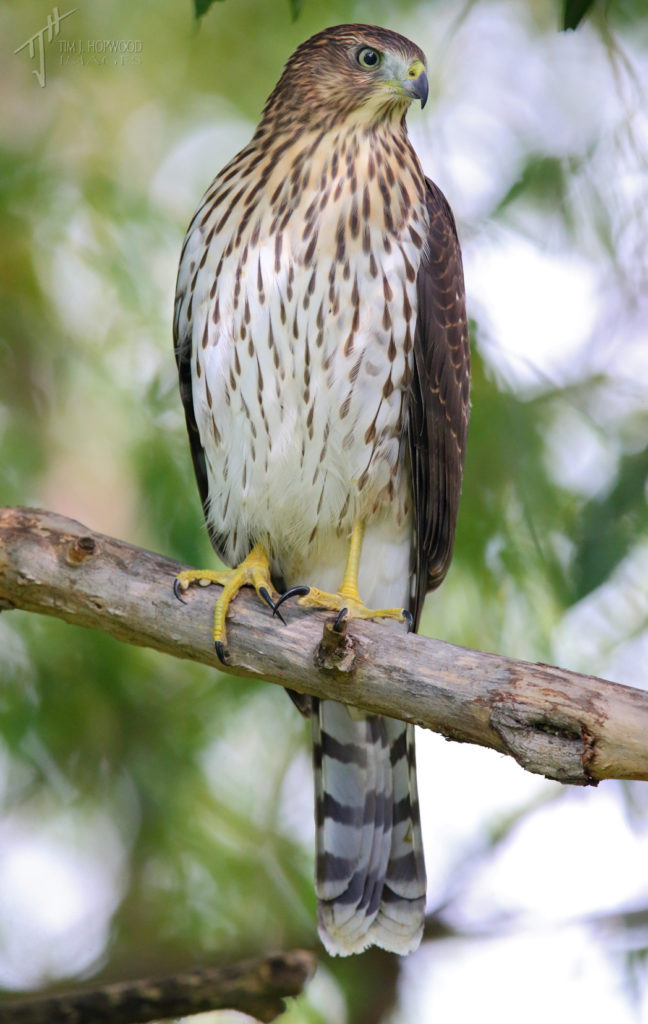
What caught my attention was that the hawk was busy pulling apart a meal, initially in a low tree branch and then later on the ground. 
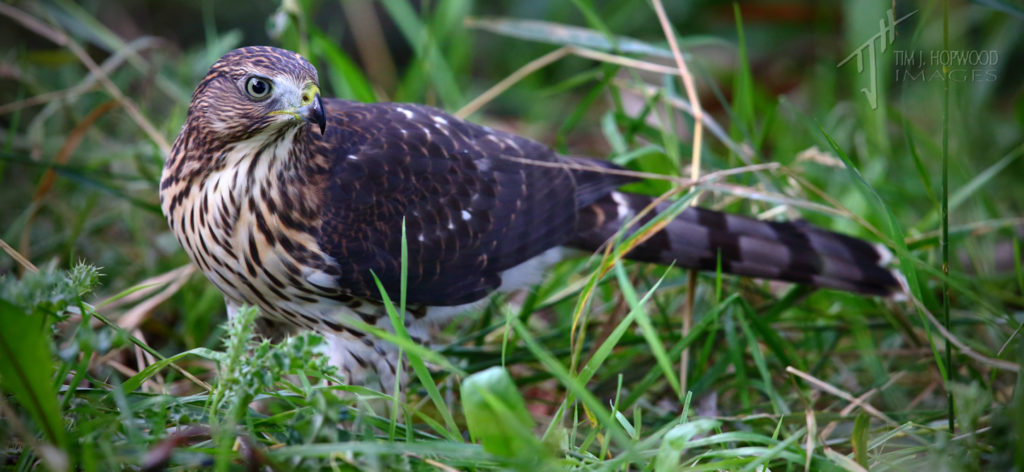
So I took a few pictures and when I enlarged the images on my camera the ‘meal’, based on the legs and talons visible, appeared to be a bird of prey…and not that smaller than the hawk eating it. 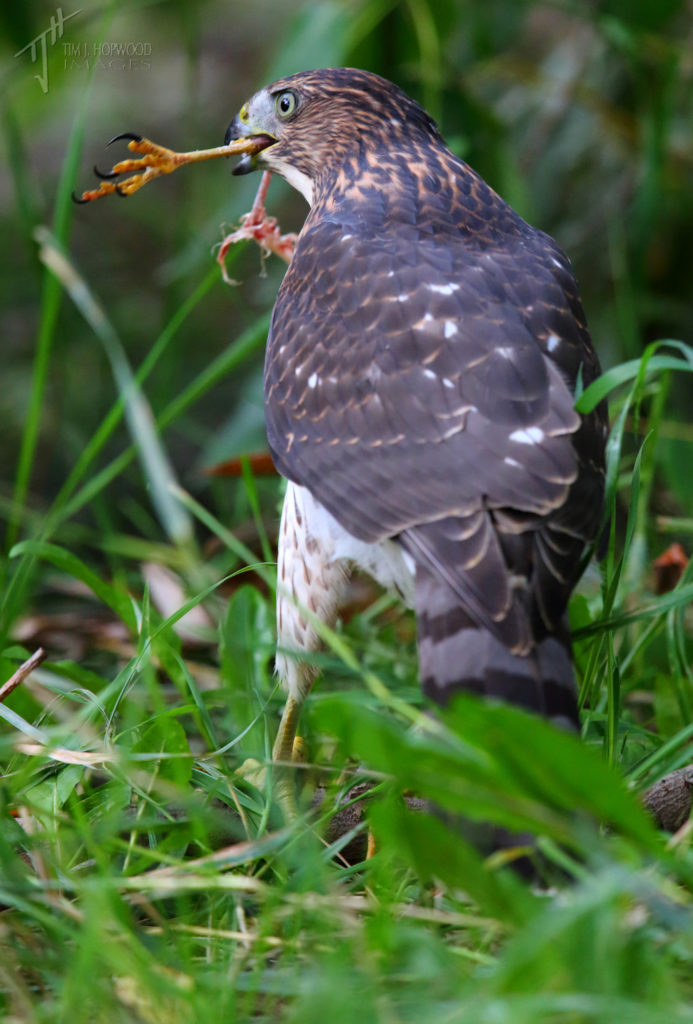 I’m told there were several juvenile Cooper’s that hatched this year so I suspected the prey may have been a sibling.
I’m told there were several juvenile Cooper’s that hatched this year so I suspected the prey may have been a sibling. 
So, I went back to the scene a few hours later when the hawk had left and found both the leg remains and quite a number of what appeared to be Cooper’s Hawks tail feathers. Some birders in the area seemed to believe this case of siblicide. However subsequent discussions with birders who have observed Cooper’s Hawks catching & eating the smaller, but very similar, Sharp-shinned Hawk; together with more review of my images leads to me to think that the meal may well have been a Sharp-shinned.
Confederation Park is also good for non-warbler migrants, such as vireos and flycatchers:
I’ll close this post with some warbler photography tips, as I often get asked ‘how did I get this or that image?’. Most folks assume a ‘long lens’ (i.e. 500mm or 600mm that I use) automatically = ‘good pictures’. For sure, a bigger lens allows you to get closer up images, but it is expensive and also weighs twice as much and is lot harder to lug around (and I hand-hold), especially during prolonged periods when ‘unhelpful’ warblers (like the Blackburnian) refuse to come out from behind branch/es and/or leaves for 10+ minutes. However, I personally believe that understanding bird (warbler) behaviour is much more critical to getting good images than possessing a lens longer than 400mm. Knowing (or more specifically, predicting) where a warbler will likely move allows me time to get into position and focus on the spot where for 1-2 seconds a warbler pops out in the open. For example, while every warbler is unique, they mostly tend to ‘sweep’ through areas moving through one clump of bushes/trees before moving to the next. So, for me, when I see a warbler heading in a certain direction, I ‘predict’(guess!) where I think it will go next then try & get in a position that offers the best light and might get the warbler out in the open. This requires patience, belief (i.e. sitting 15 metres away from other photographers rapidly clicking away while you wait hopefully for the warbler to come your way) & certainly doesn’t work all the time, but I genuinely feel this is the main reason I get the type of shots you see here.
Hopefully you’ve enjoyed these images and you can see more here: https://www.facebook.com/timjhopwood/
Feel free to message or email me with any questions!



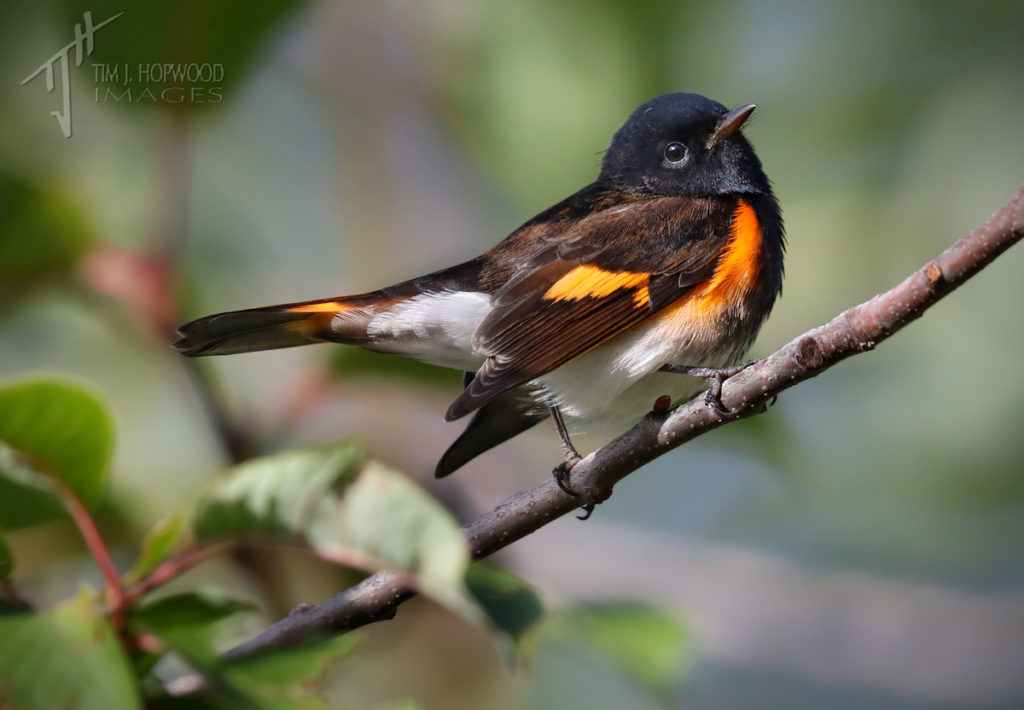
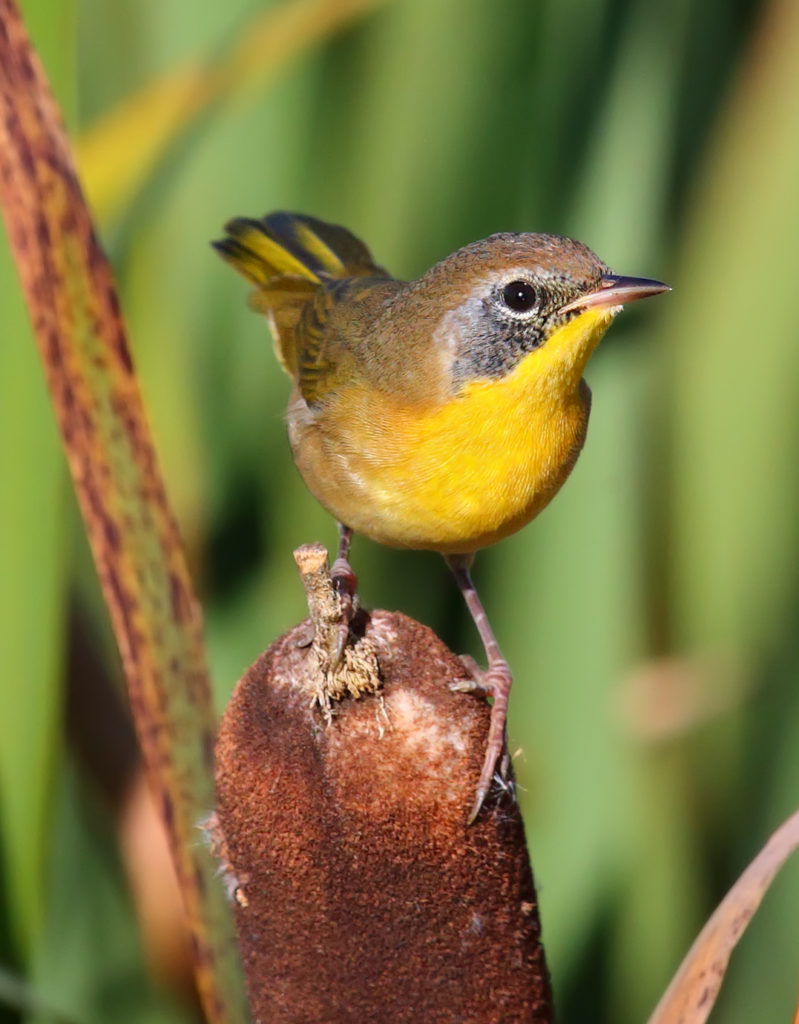
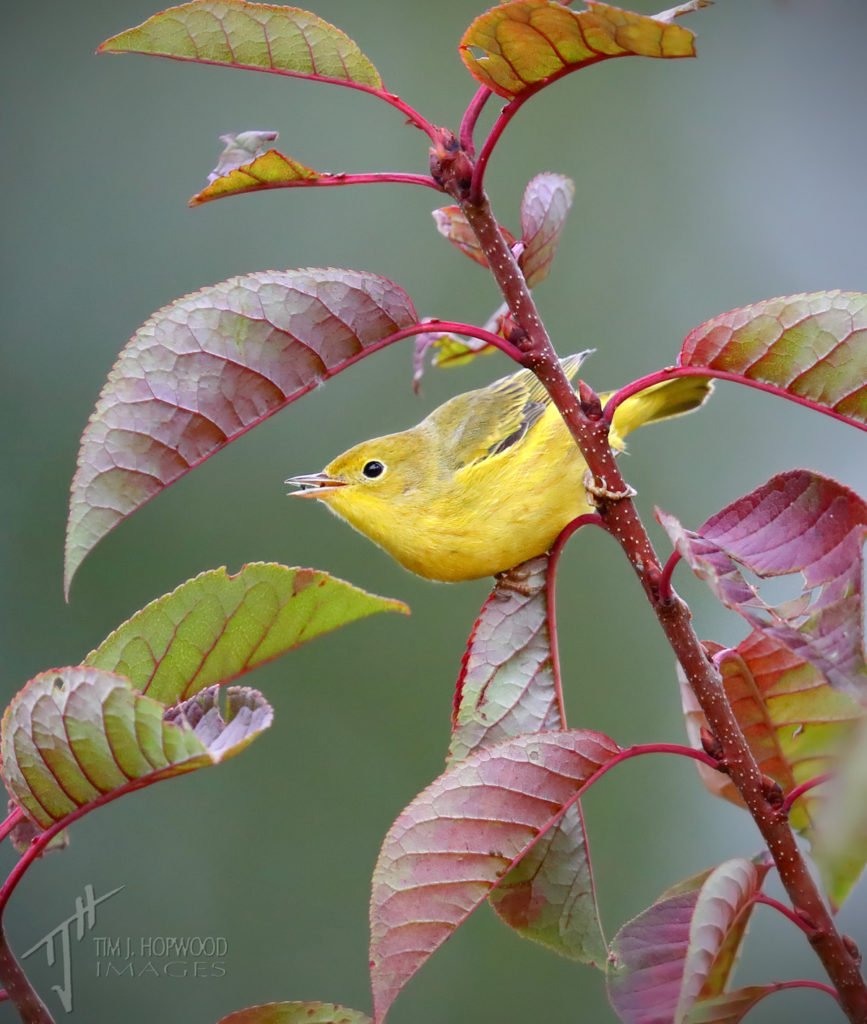
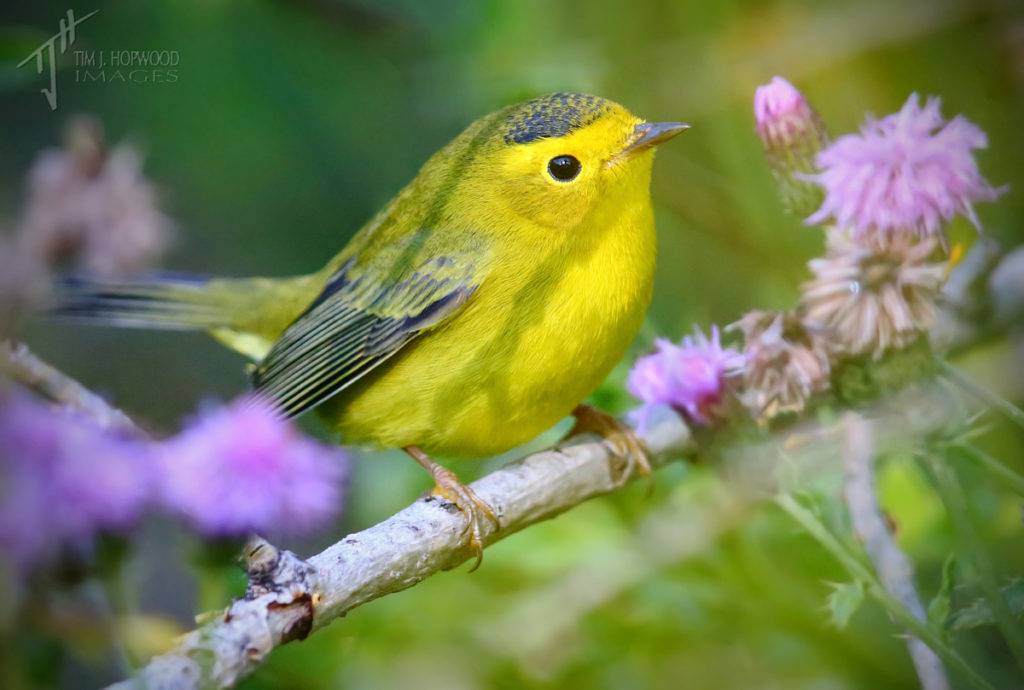
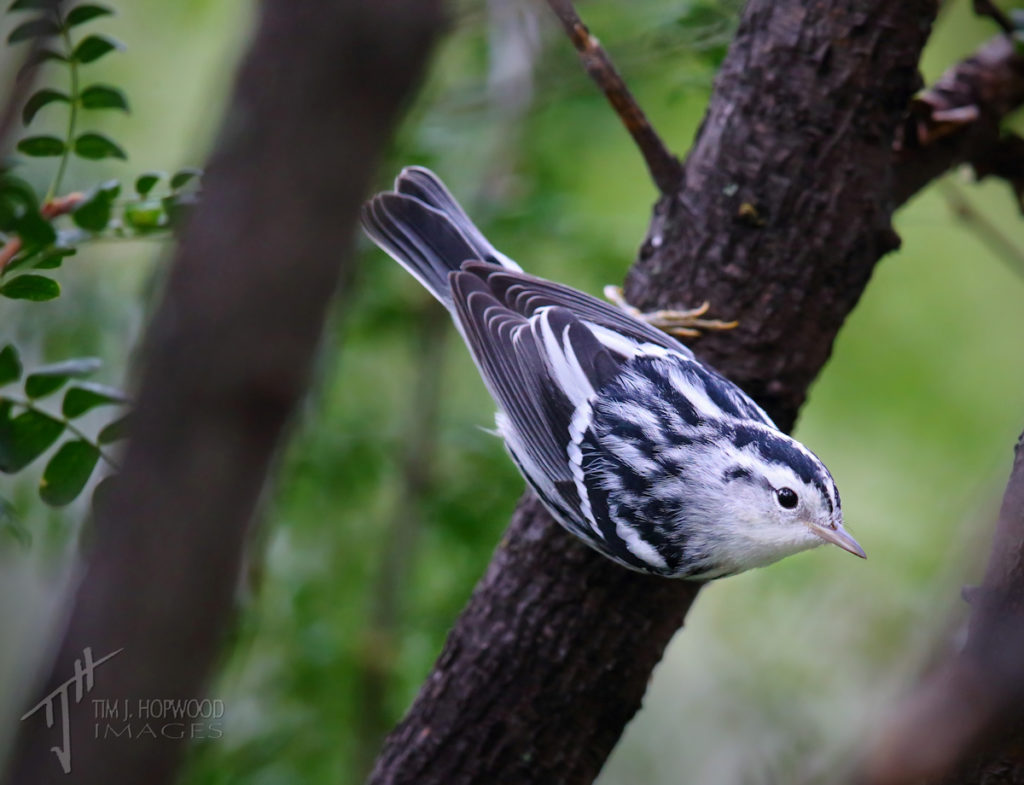
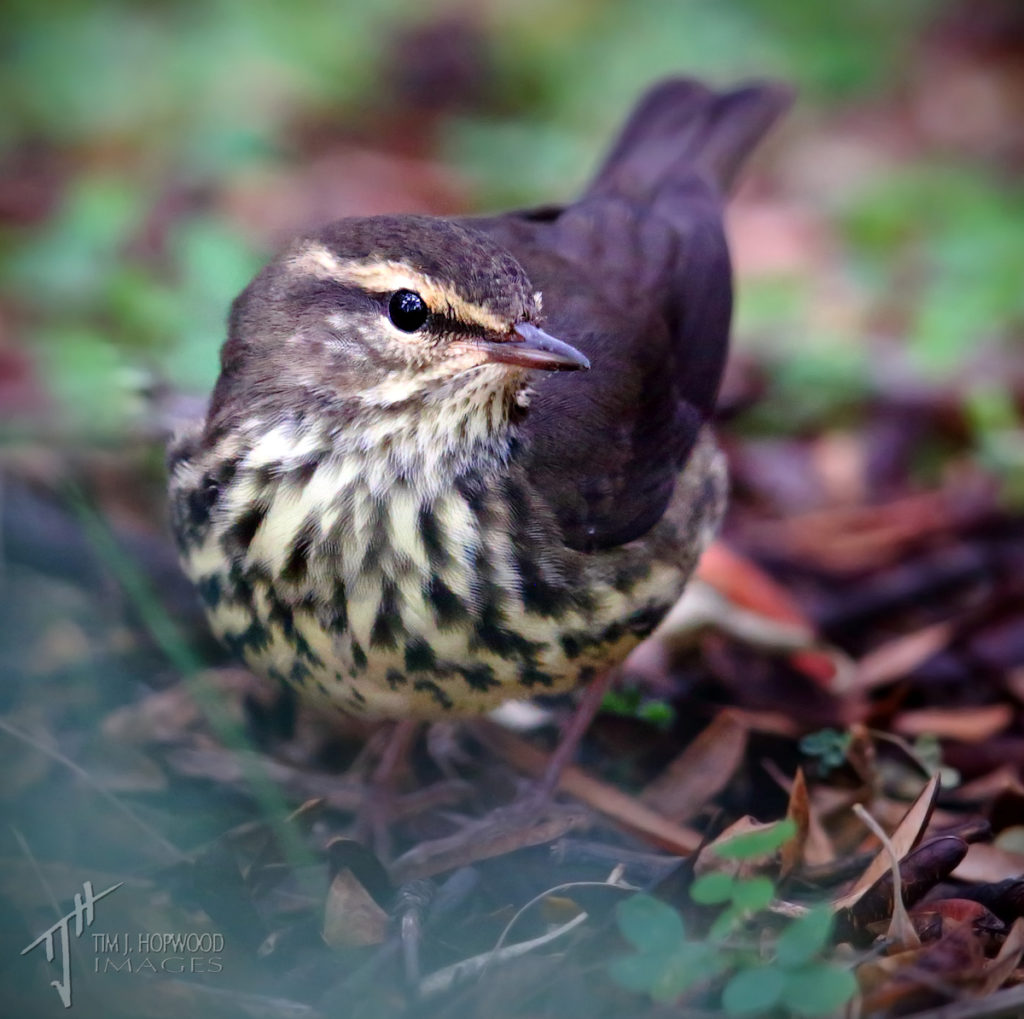

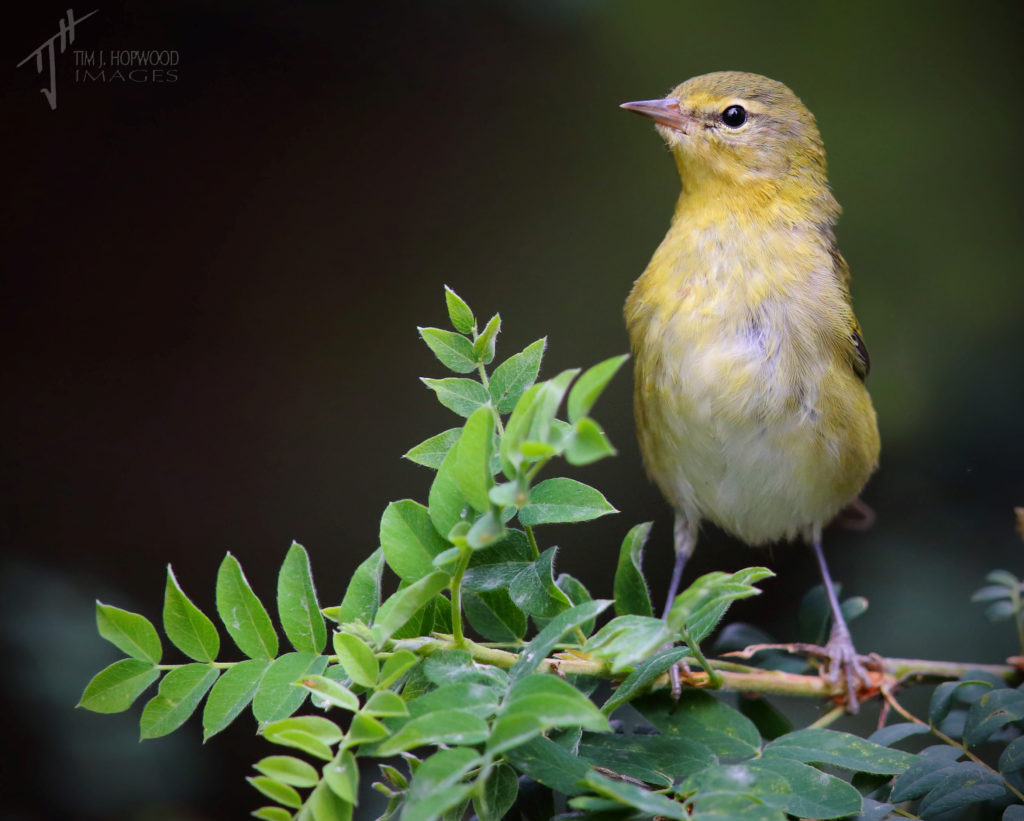
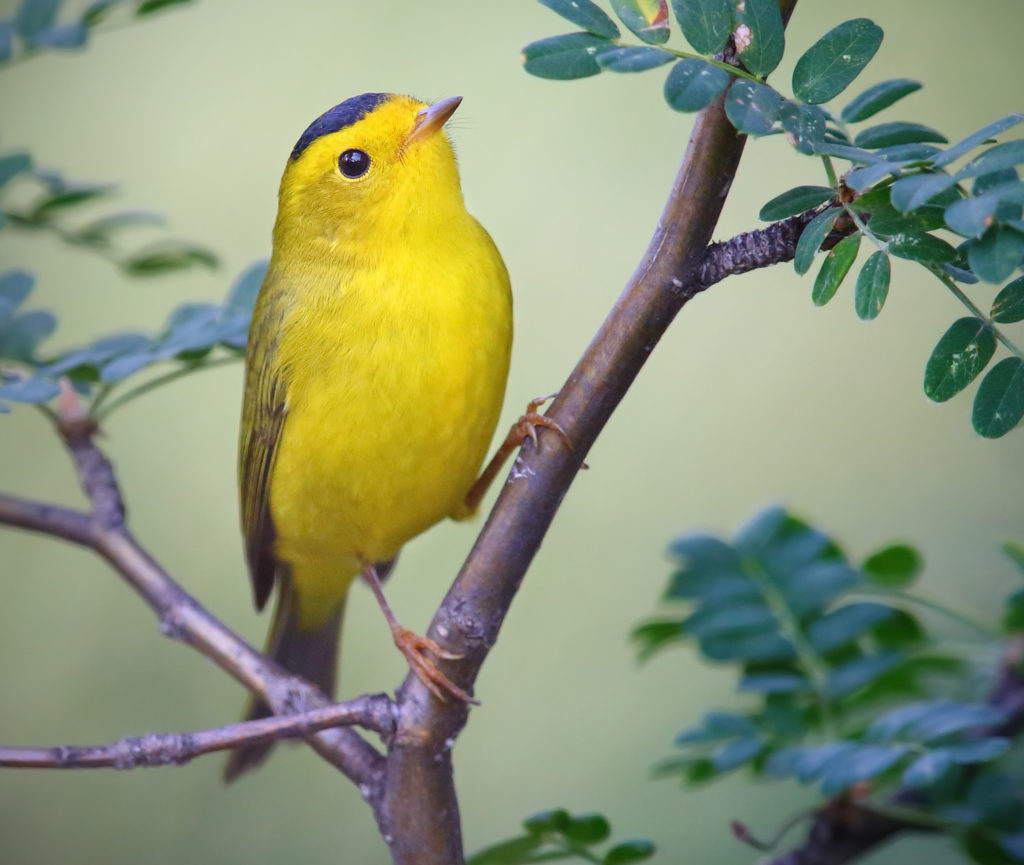
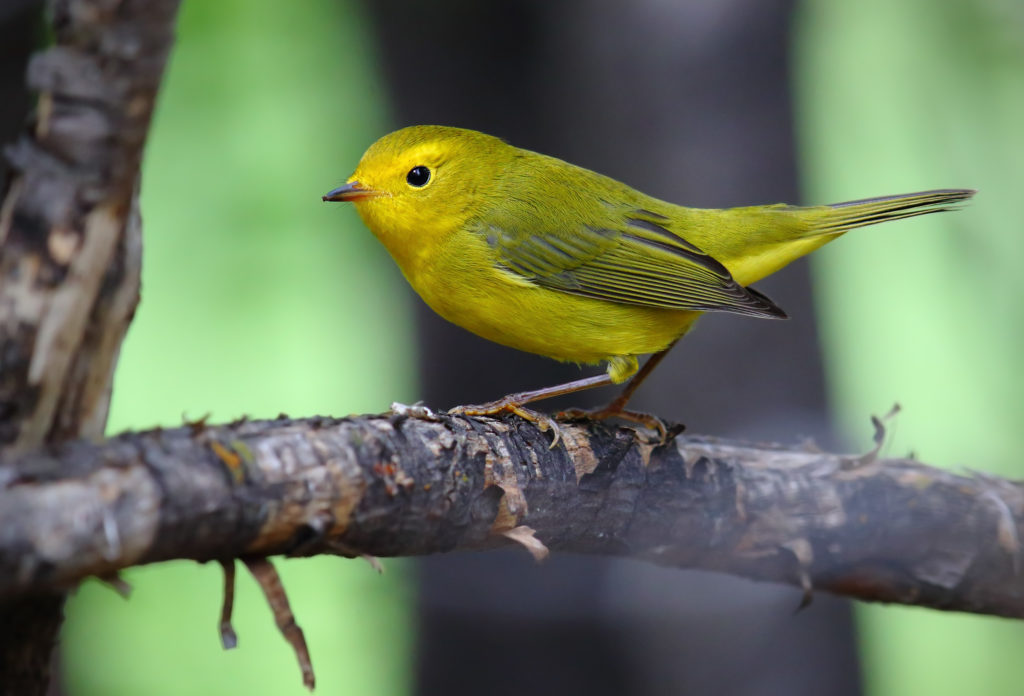
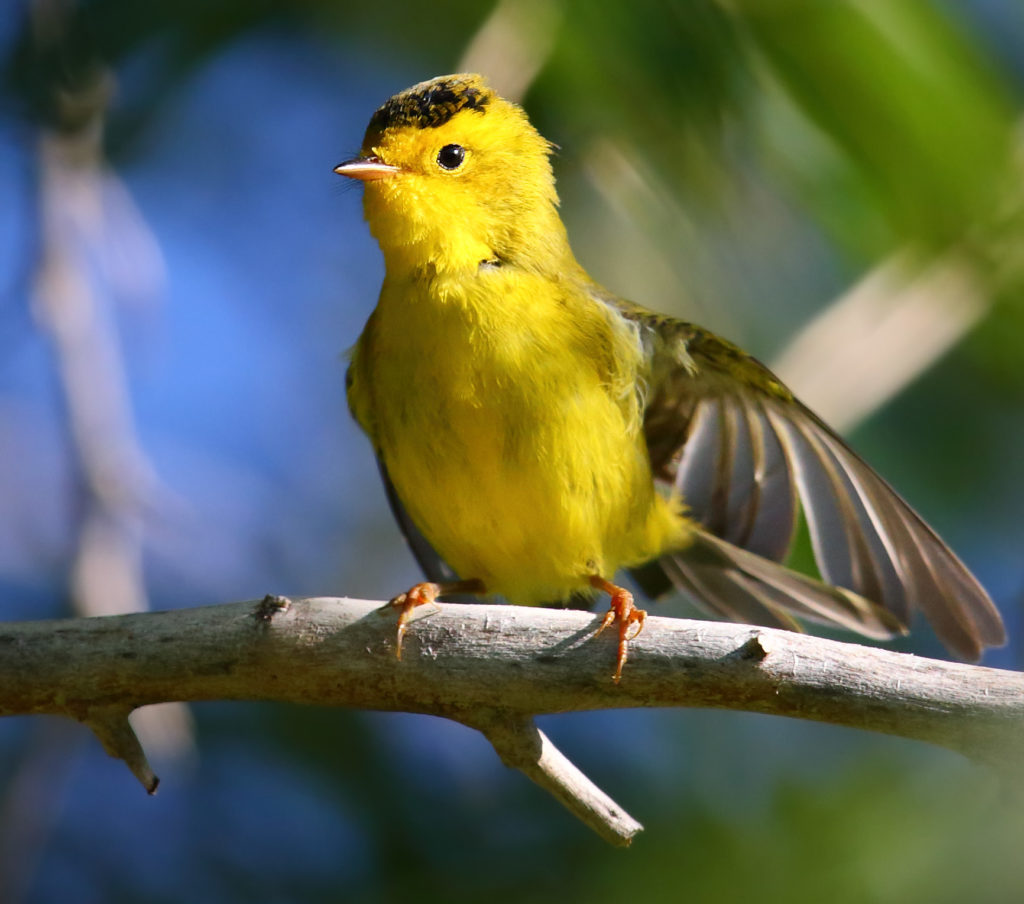
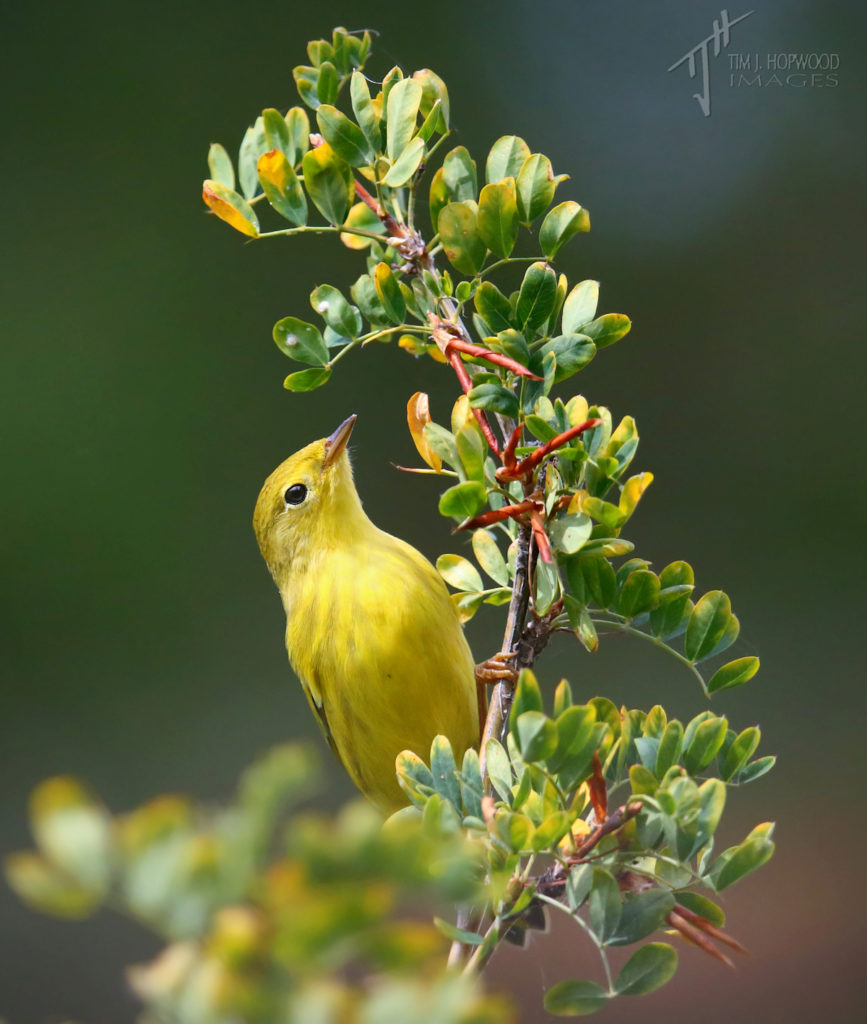
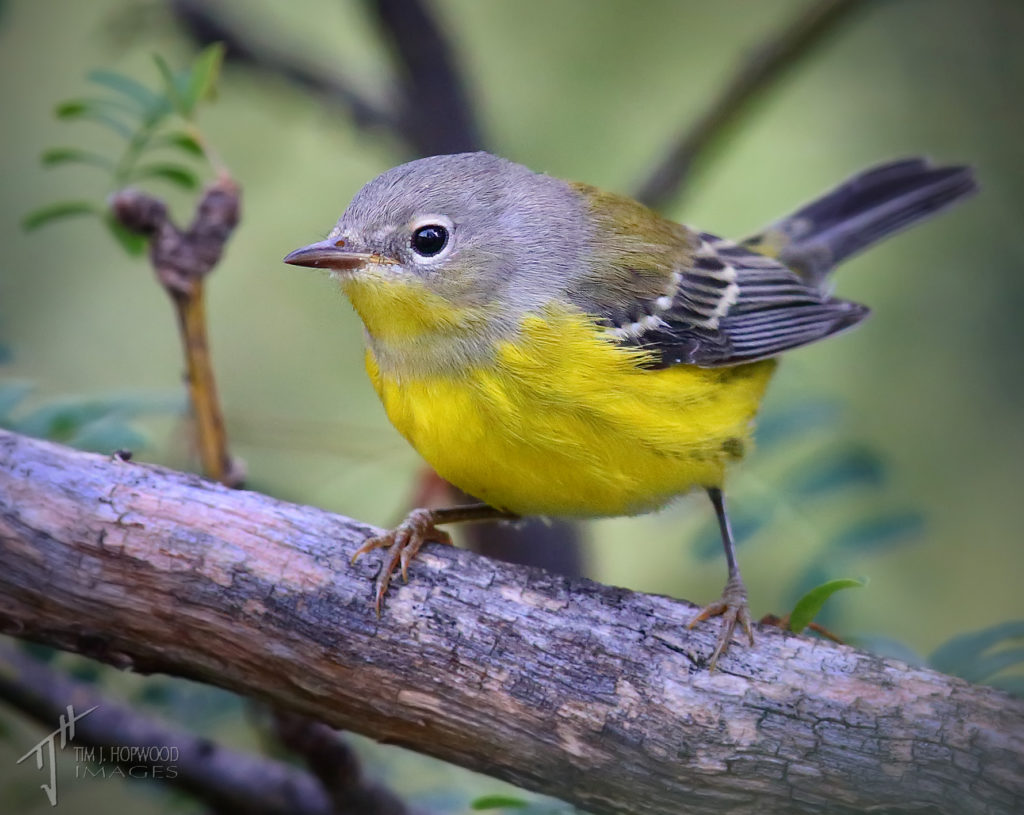

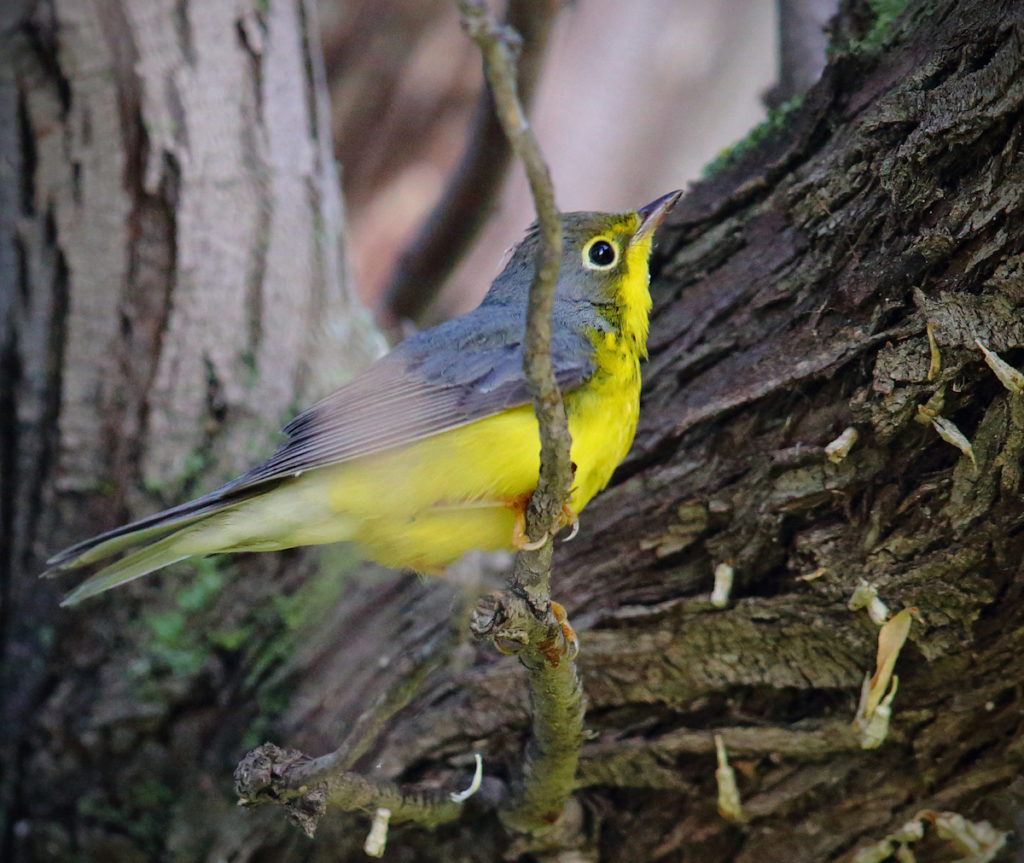
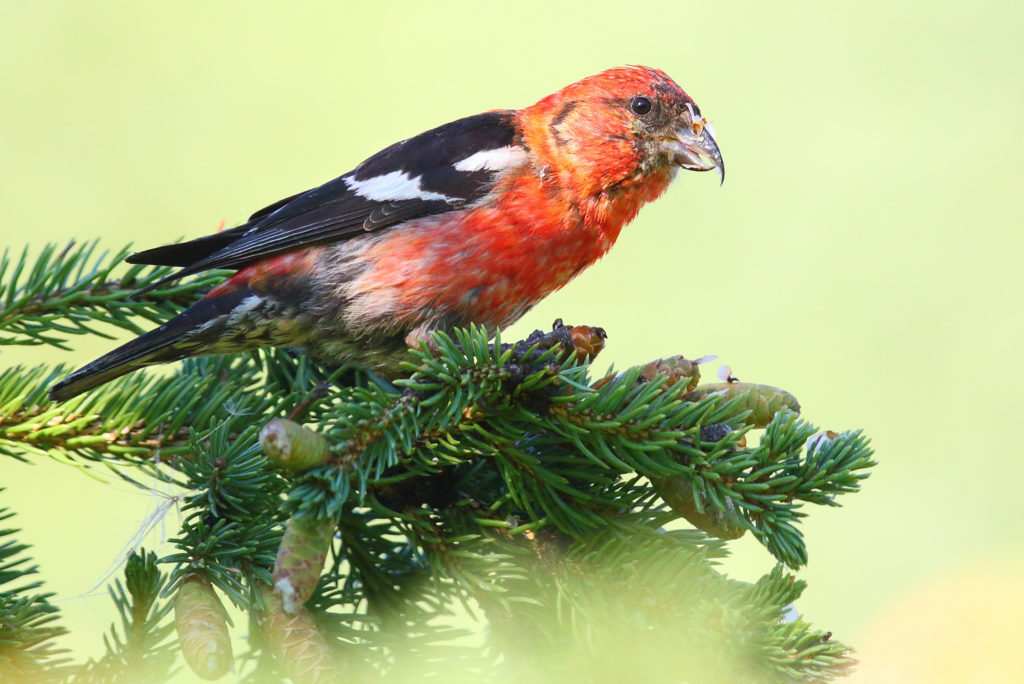
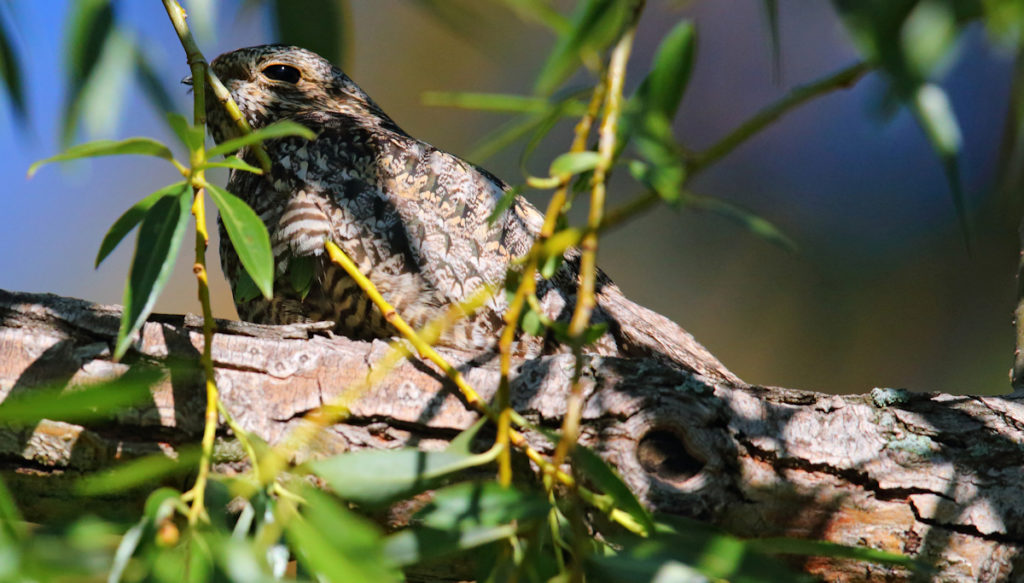
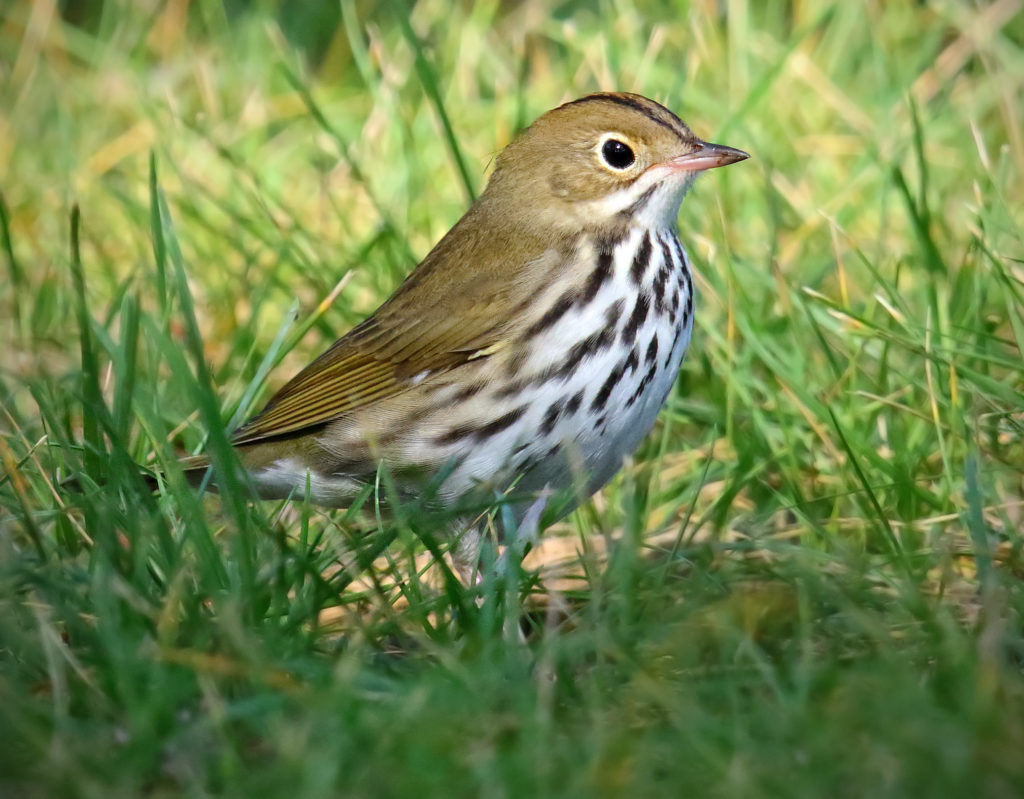

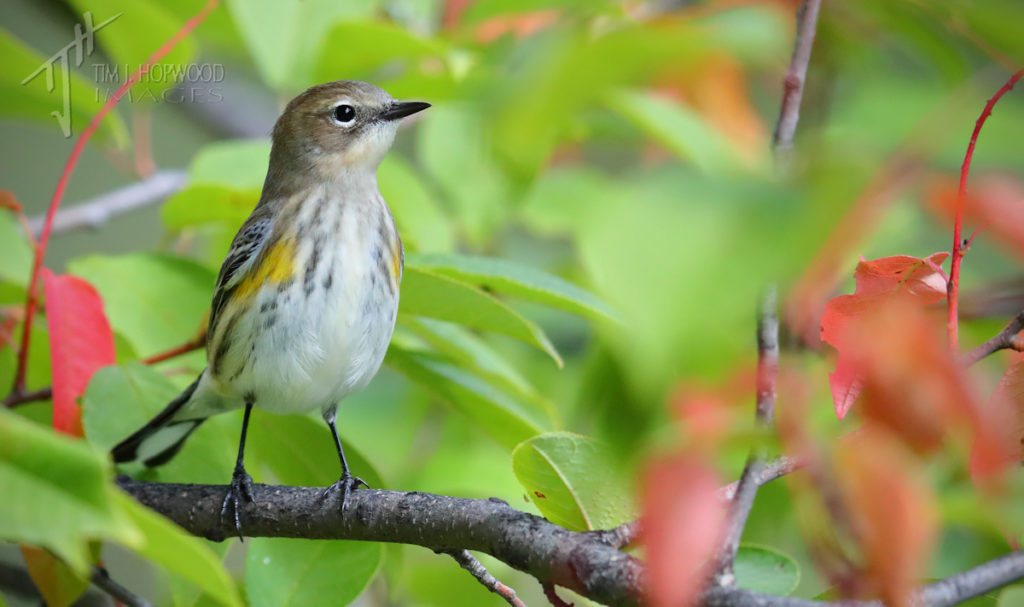
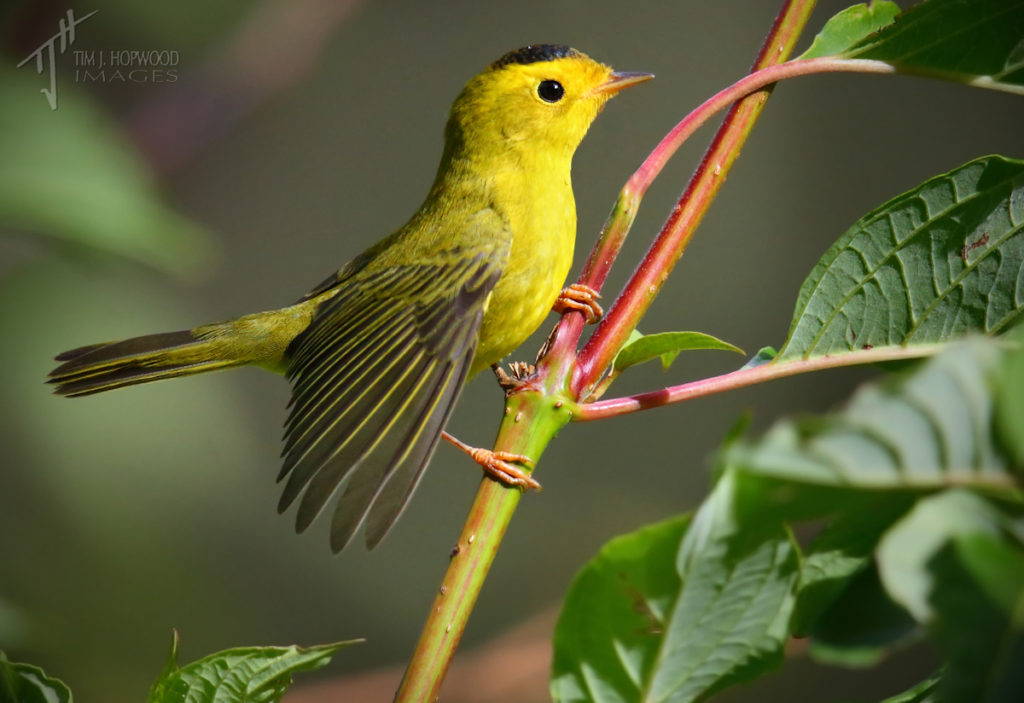

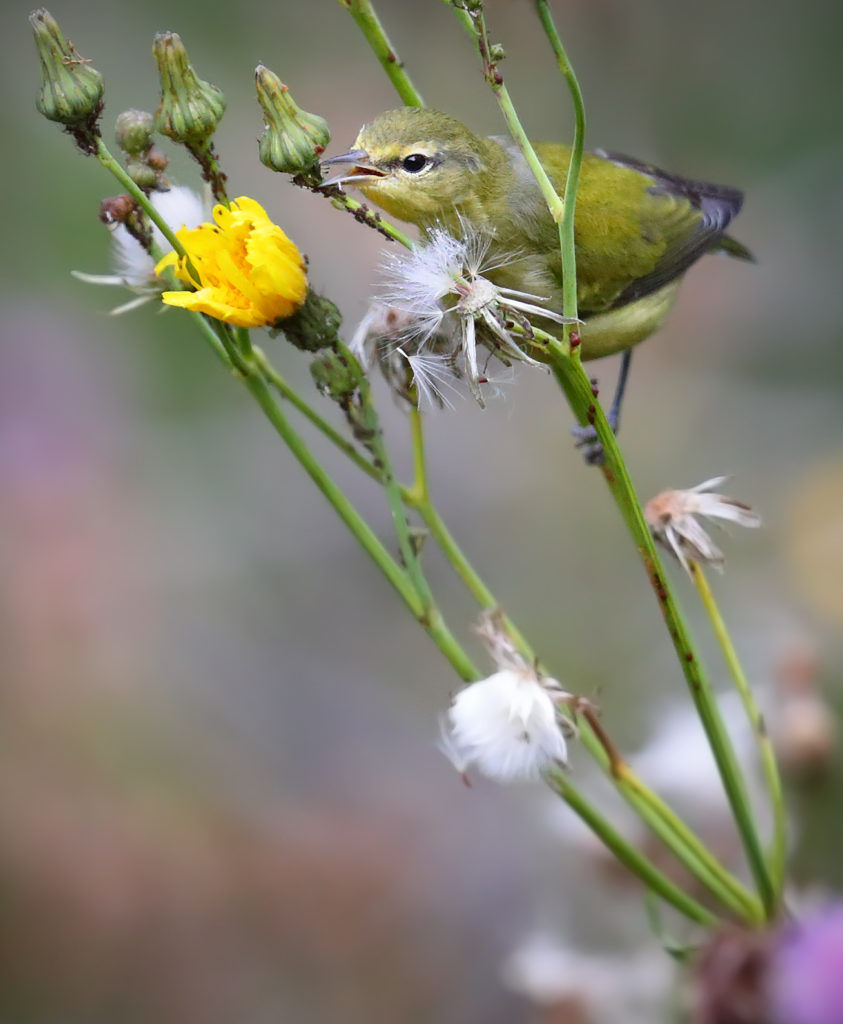
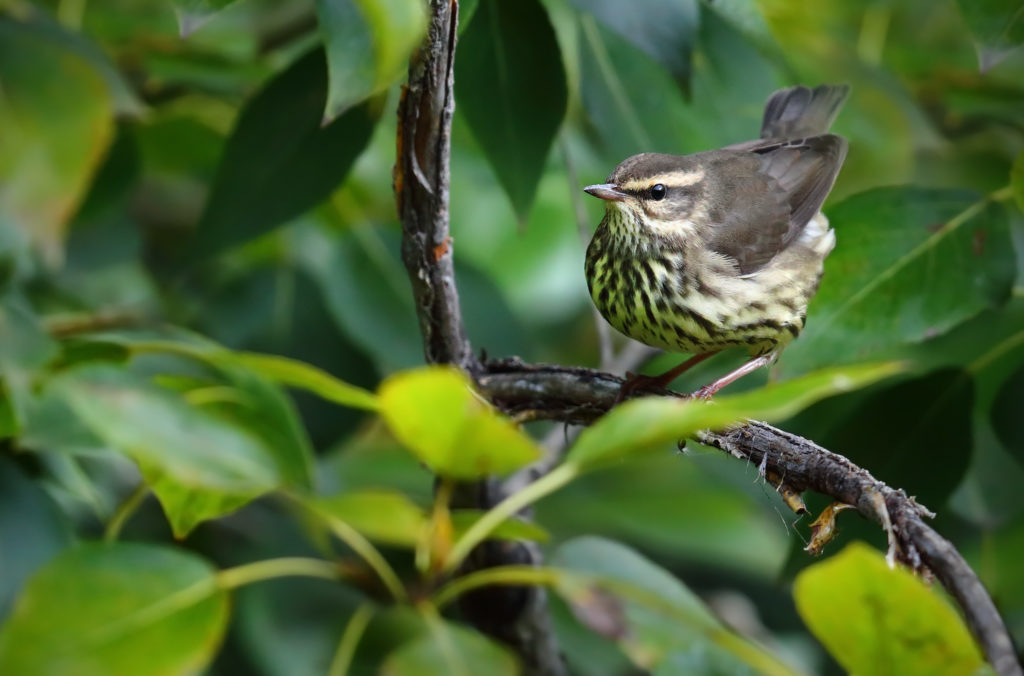
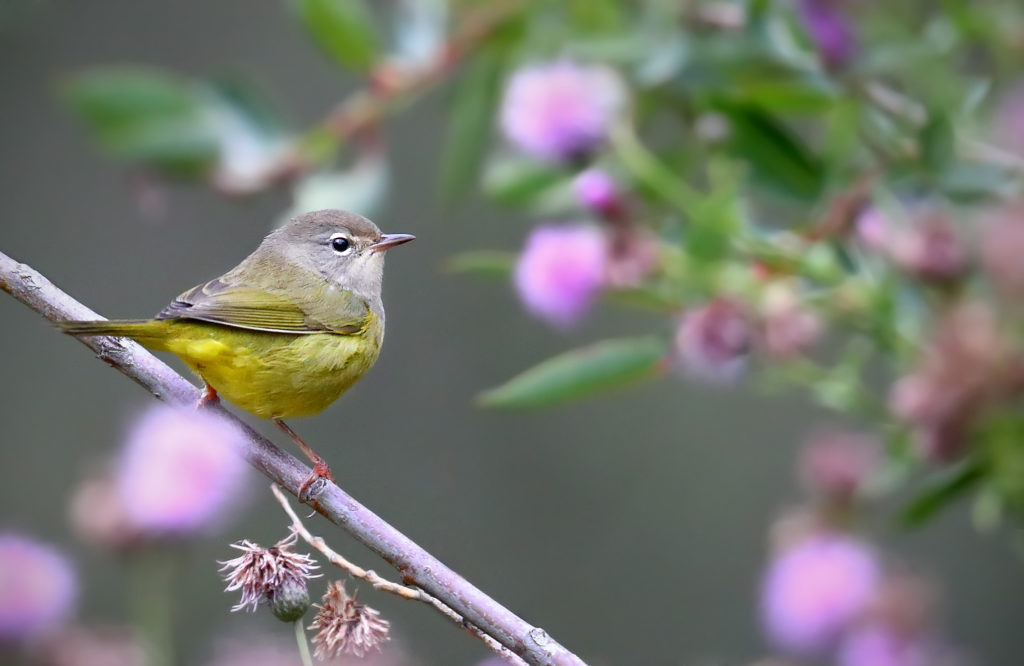
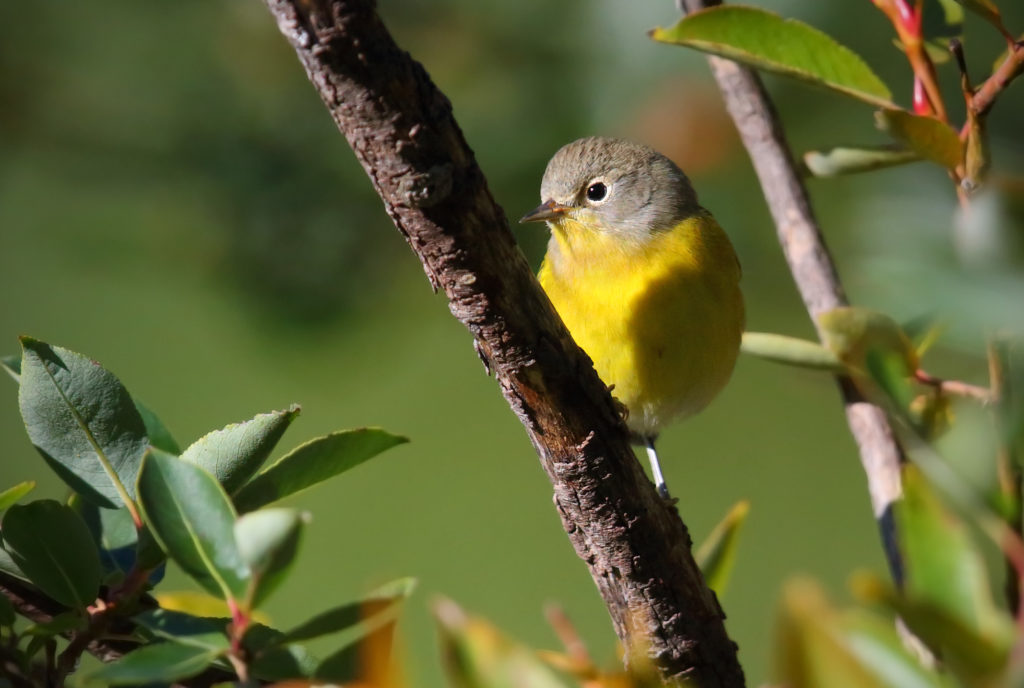
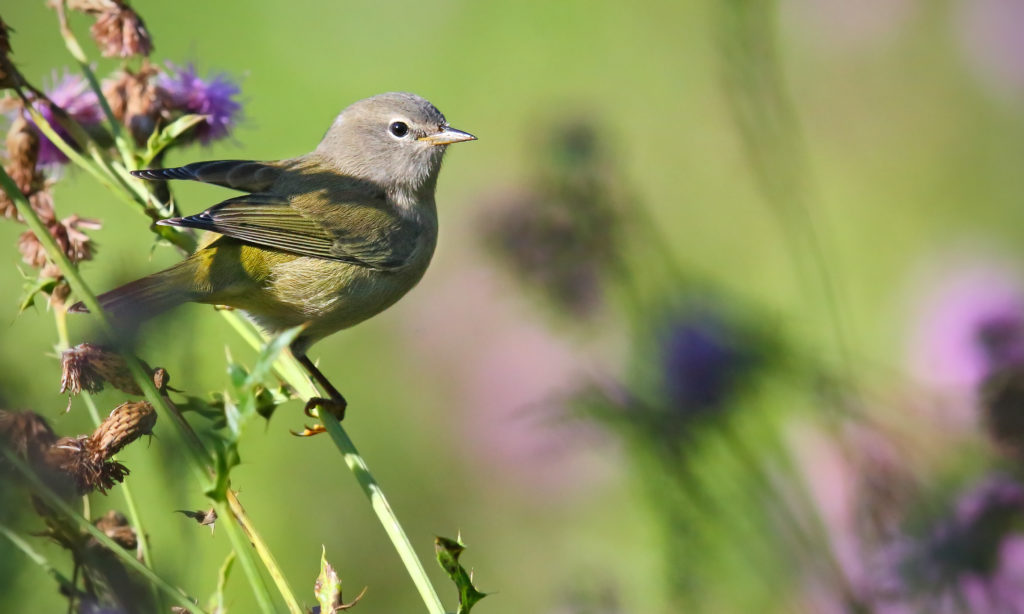
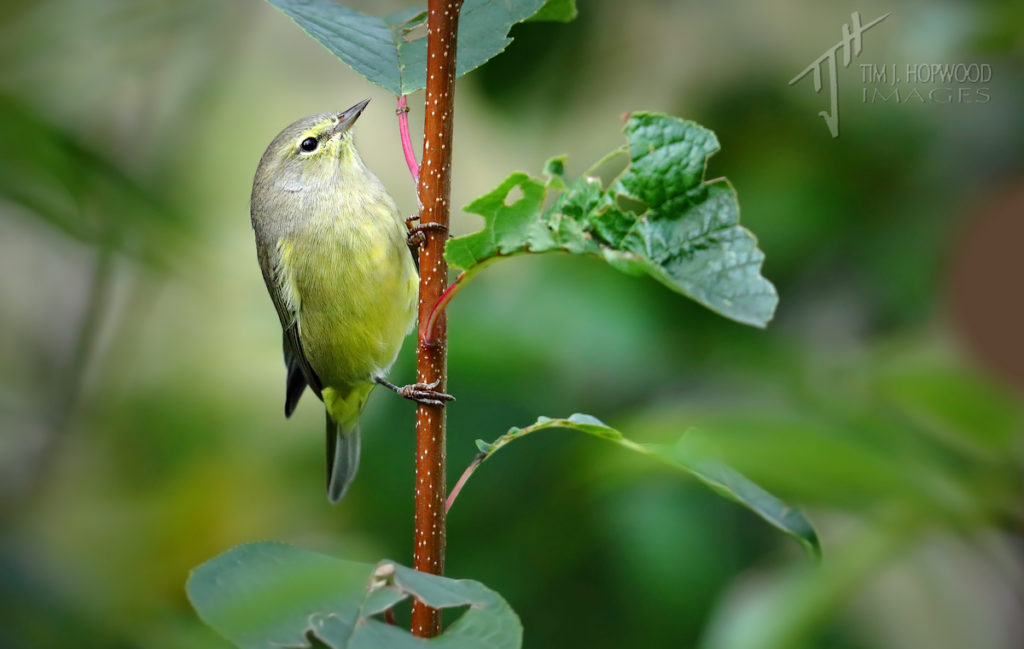
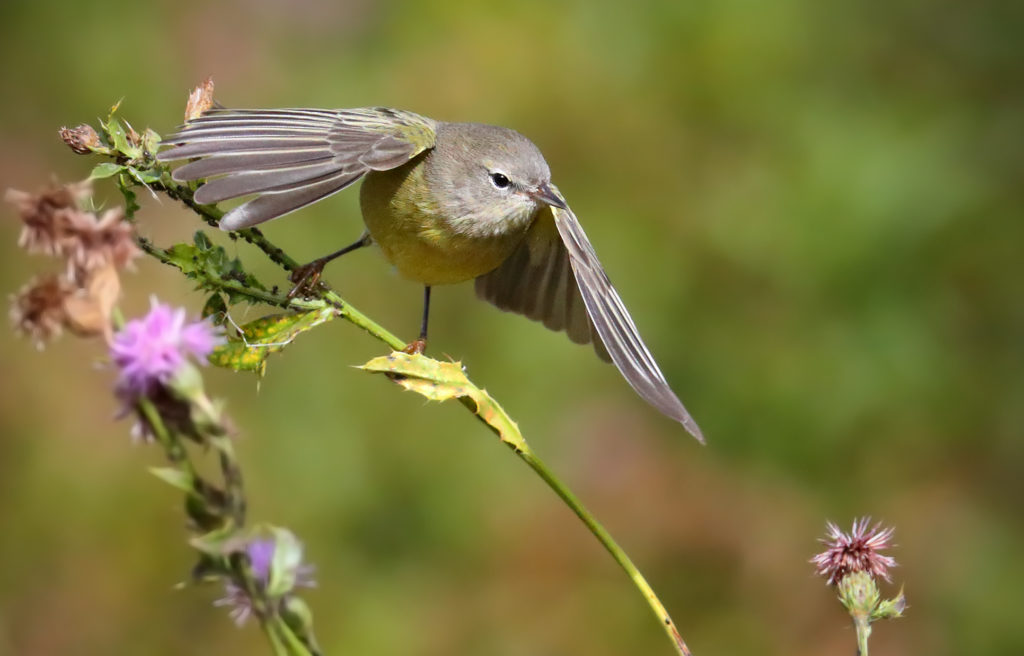

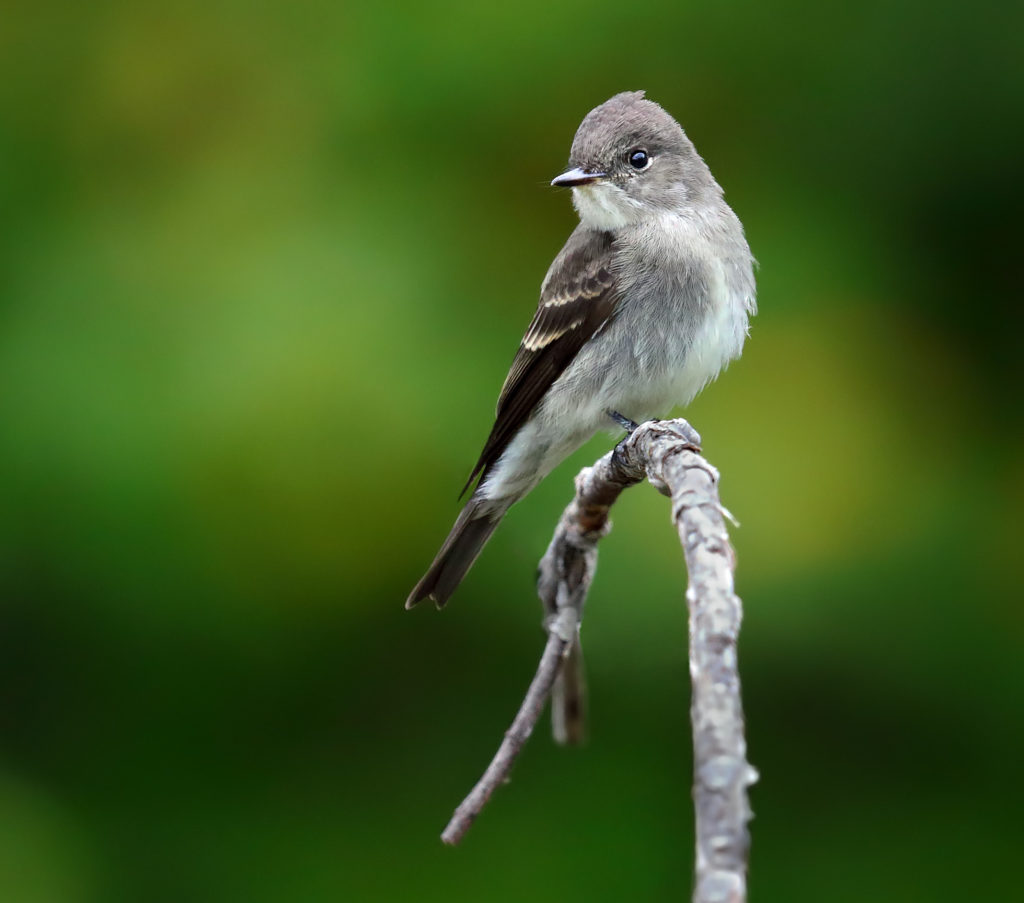
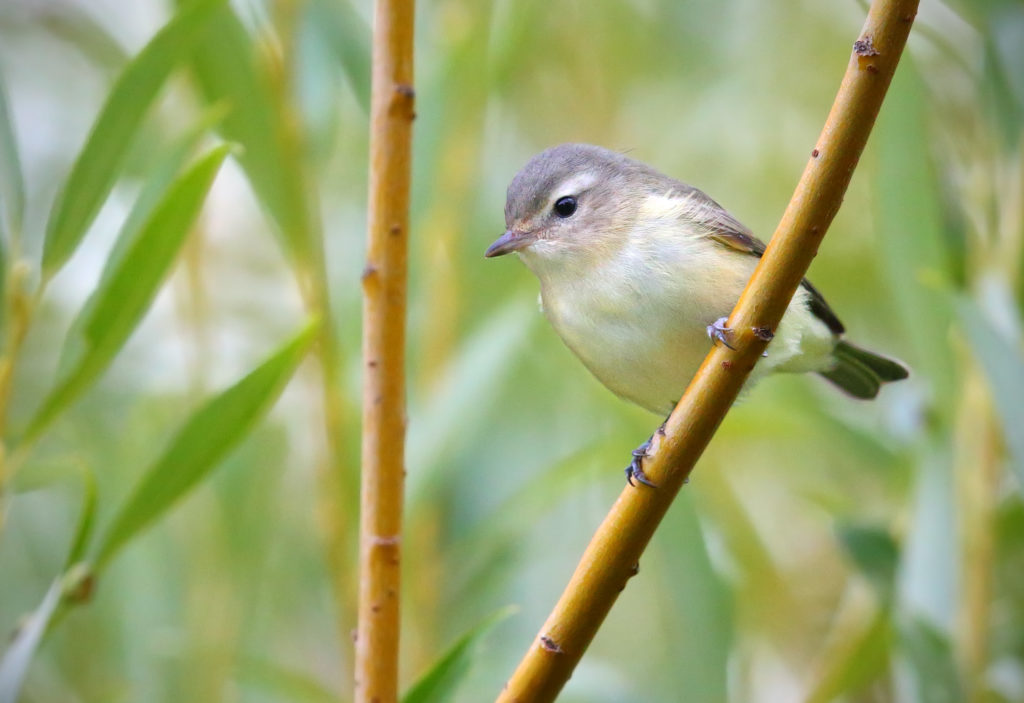
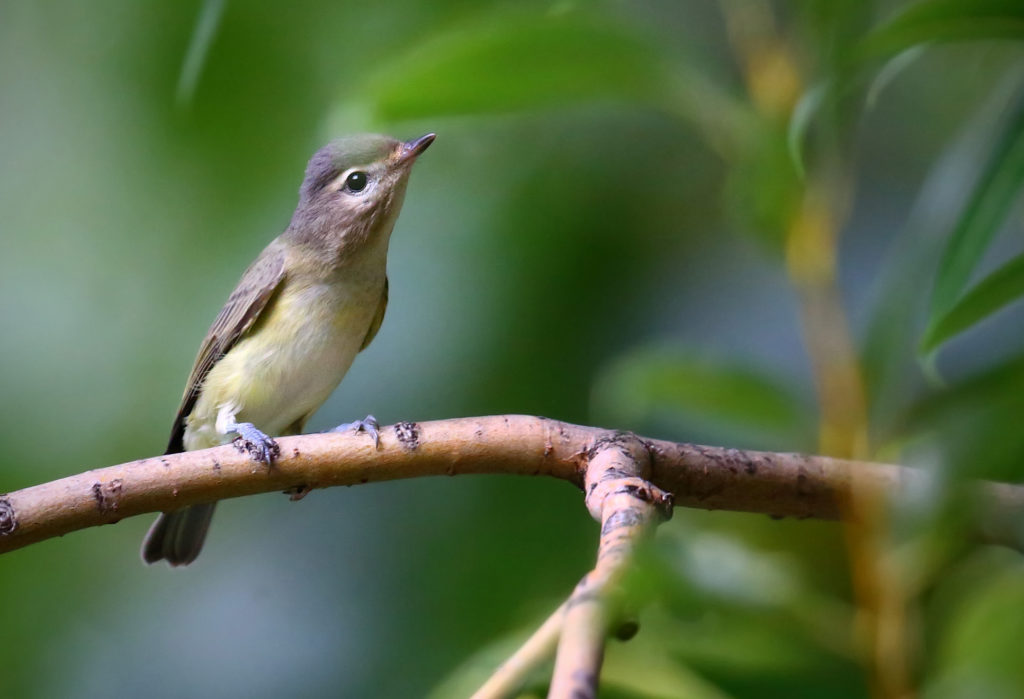
Thanks Gilda. In my world, too many birds is barely enough…but while winter means less birds here, we do get some pretty special winter migrants so I can’t complain too much!
Thanks Trevor!
Thanks Bob! And thank you for the correction on the cones…my plant ID skills are appalling 🙂
Wow. Amazing photographs. I tried to get a photo of a Yellow-rumped warbler in a Japanese Maple outside my living room window this morning (on Gabriola Island) but he was way too fast. … Thank you!
WOW! lucky you. What a lot of birds. This should help you endure the Alberta winter!
What an amazing set of pictures and birds!
Great photos as always, Tim! What a variety of songbirds we have have during fall migration in southern Alberta. These close-ups really help us to learn these tricky fall warbler ID’s. But — spruce cones, not pine cones! I’ll correct you before Gus does!
Can’t wait for the shorebird post.